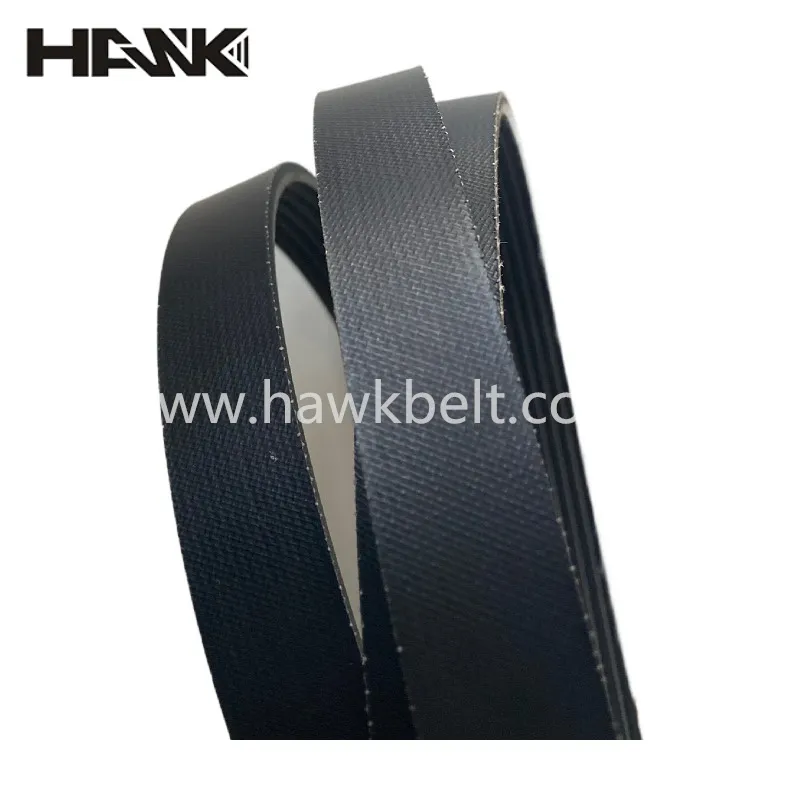- Arabic
- French
- Russian
- Spanish
- Portuguese
- Turkish
- Armenian
- English
- Albanian
- Amharic
- Azerbaijani
- Basque
- Belarusian
- Bengali
- Bosnian
- Bulgarian
- Catalan
- Cebuano
- Corsican
- Croatian
- Czech
- Danish
- Dutch
- Afrikaans
- Esperanto
- Estonian
- Finnish
- Frisian
- Galician
- Georgian
- German
- Greek
- Gujarati
- Haitian Creole
- hausa
- hawaiian
- Hebrew
- Hindi
- Miao
- Hungarian
- Icelandic
- igbo
- Indonesian
- irish
- Italian
- Japanese
- Javanese
- Kannada
- kazakh
- Khmer
- Rwandese
- Korean
- Kurdish
- Kyrgyz
- Lao
- Latin
- Latvian
- Lithuanian
- Luxembourgish
- Macedonian
- Malgashi
- Malay
- Malayalam
- Maltese
- Maori
- Marathi
- Mongolian
- Myanmar
- Nepali
- Norwegian
- Norwegian
- Occitan
- Pashto
- Persian
- Polish
- Punjabi
- Romanian
- Samoan
- Scottish Gaelic
- Serbian
- Sesotho
- Shona
- Sindhi
- Sinhala
- Slovak
- Slovenian
- Somali
- Sundanese
- Swahili
- Swedish
- Tagalog
- Tajik
- Tamil
- Tatar
- Telugu
- Thai
- Turkmen
- Ukrainian
- Urdu
- Uighur
- Uzbek
- Vietnamese
- Welsh
- Bantu
- Yiddish
- Yoruba
- Zulu
Nov . 22, 2024 20:59 Back to list
car toothed belt
Understanding the Car Toothed Belt Function, Importance, and Maintenance
The toothed belt, commonly known as the timing belt, plays a pivotal role in the efficient functioning of an automobile. This essential component ensures precise synchronization between the engine's crankshaft and the camshaft, facilitating the proper timing of the engine's intake and exhaust valves. The toothed belt is crucial for maintaining optimal engine performance and preventing significant mechanical failures.
Functionality of the Toothed Belt
The primary function of the toothed belt is to transfer rotational motion between the engine's crankshaft and camshaft. Unlike a standard belt, the toothed belt has teeth that interlock with the gears, providing a precise grip. This interlocking action ensures that the timing of the engine's operation remains consistent, allowing for effective fuel combustion and energy generation.
When the crankshaft rotates, it drives the toothed belt, which, in turn, rotates the camshaft. This synchronized movement allows the engine’s valves to open and close at the right moments during the combustion cycle. If the toothed belt were to slip or break, it could lead to severe engine damage, including bent valves, damaged pistons, and, in the worst-case scenario, complete engine failure.
Importance of the Toothed Belt
One of the primary reasons the toothed belt is essential for vehicles is its role in preserving engine performance. An improperly functioning belt can lead to misalignment in the timing of the engine components, resulting in reduced efficiency, increased fuel consumption, and poor acceleration. Regular maintenance of the toothed belt can prevent these issues, ensuring that the engine operates smoothly and efficiently.
car toothed belt

Moreover, the toothed belt is designed to endure significant pressure and temperature variations within the engine compartment. High-quality belts are typically made from rubber or reinforced materials, which provide resilience and durability. However, even the best belts have a finite lifespan, typically between 60,000 to 100,000 miles, based on driving conditions and manufacturer recommendations.
Maintenance and Replacement
To ensure the longevity and functionality of the toothed belt, regular inspection and maintenance are crucial. Mechanic workshops often recommend checking the belt for signs of wear, such as cracks, fraying, or glazing. Any visible damage should be addressed immediately to prevent disruption to the engine’s timing.
Additionally, when replacing the toothed belt, it is advisable to also replace related components such as the water pump and tensioner. These parts often work in tandem with the toothed belt, and replacing them together can prevent future repairs and ensure optimal performance.
Conclusion
In conclusion, the toothed belt is an integral component of a vehicle's engine, providing the necessary timing and synchronization for effective operation. Understanding its function, importance, and maintenance requirements can help vehicle owners take proactive measures to prevent costly engine repairs. Regular inspections and timely replacements can significantly extend the life of the engine and enhance the overall driving experience. By prioritizing the maintenance of the toothed belt, drivers can enjoy a smoother, more reliable vehicle on the road.
-
Korean Auto Parts Timing Belt 24312-37500 For Hyundai/Kia
NewsMar.07,2025
-
7PK2300 90916-T2024 RIBBED BELT POLY V BELT PK BELT
NewsMar.07,2025
-
Chinese Auto Belt Factory 310-2M-22 For BMW/Mercedes-Benz
NewsMar.07,2025
-
Chinese Auto Belt Factory 310-2M-22 For BMW/Mercedes-Benz
NewsMar.07,2025
-
90916-02660 PK Belt 6PK1680 For Toyota
NewsMar.07,2025
-
drive belt serpentine belt
NewsMar.07,2025

